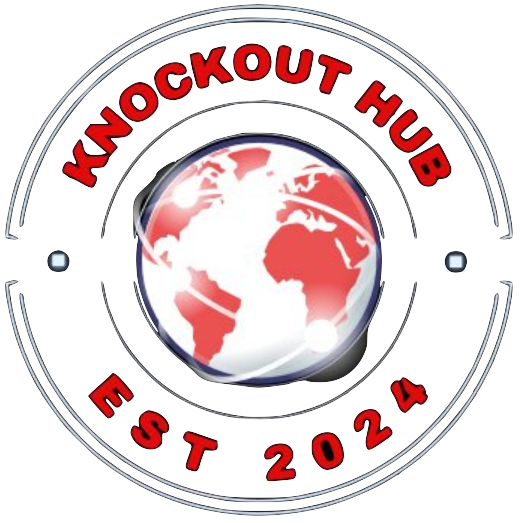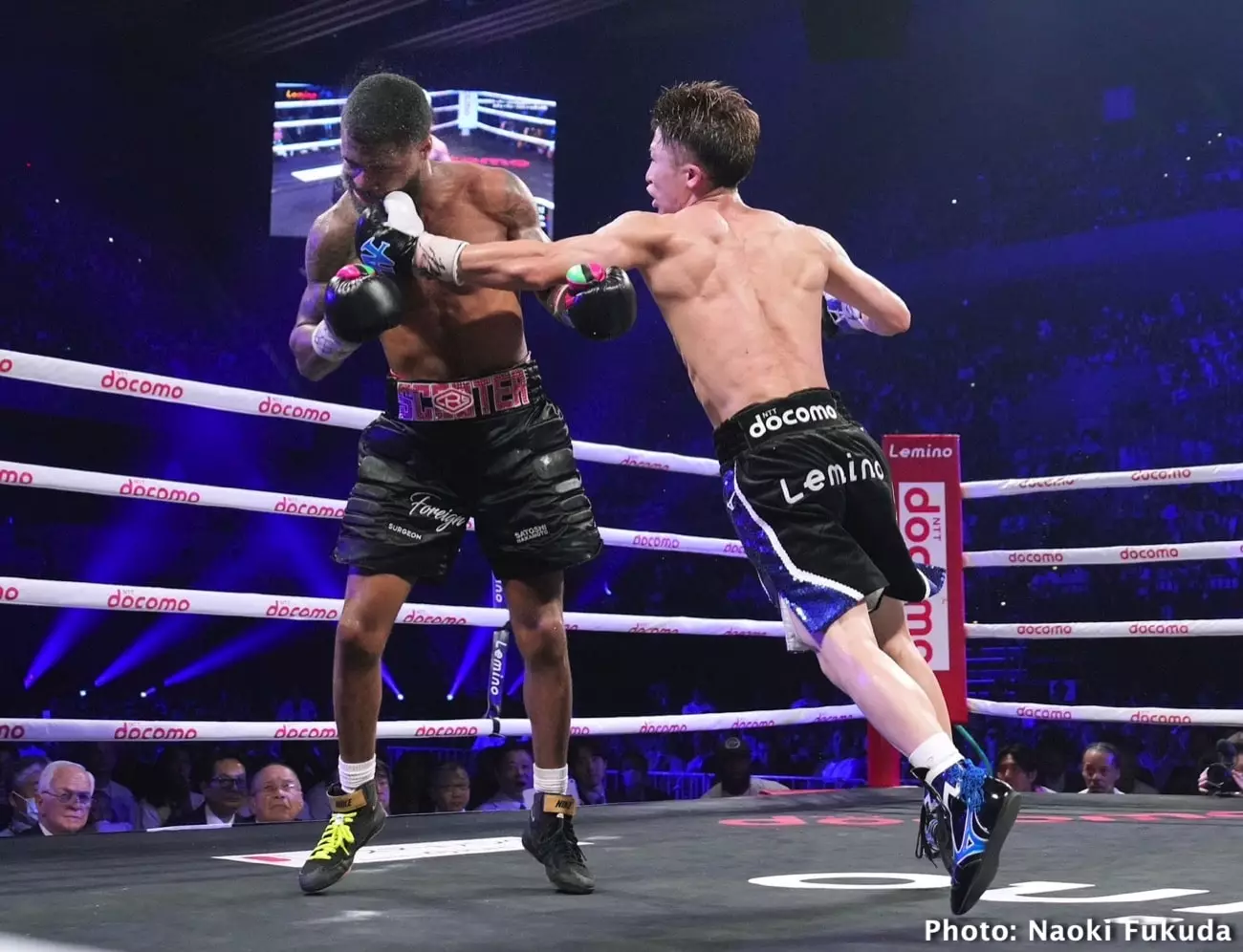Naoya Inoue, widely regarded as one of the finest boxers of his generation and the reigning unified super-bantamweight champion, is poised for his long-awaited return to the American boxing scene after an extended hiatus. Having last stepped into the ring in Las Vegas over two years ago, fans are eager to see the thrilling Japanese fighter back in action. The recent news that Inoue is close to finalizing a bout with unbeaten Mexican fighter David Picasso on June 14th at the T-Mobile Arena brings both excitement and trepidation to the forefront. While it’s thrilling to witness Inoue fight beyond his home turf, questions linger regarding the matchup itself.
David Picasso presents an intriguing, albeit somewhat underwhelming, challenge for Inoue. With a professional record of 30 wins, one draw, and 17 knockouts, Picasso has managed to make a name for himself in Mexico. However, the depth of competition he has faced raises questions about his readiness to challenge a fighter of Inoue’s caliber. His recognized opponents, such as Azat Hovhannisyan and Damien Vazquez, do little to bolster the narrative that Picasso is a worthy adversary for the pound-for-pound champion.
While Picasso embodies the spirit of a Mexican fighter—fighting with resilience and determination—experts are left to question whether he can provide the level of competition that fans and analysts expect from a title bout against someone like Inoue. The match has a strong potential to appear mismatched, with many speculating that it could serve primarily as a showcase fight for the Japanese star, who is keen to reclaim his spots on the global stage.
The anticipation surrounding this June fight also shines a light on fans’ expectations for Inoue’s future opponents. There is a palpable sentiment among boxing enthusiasts that more formidable contenders could be at the forefront for Inoue, such as Murodjon Akhmadaliev, who has expressed a voracious desire for a chance to challenge Inoue. As the boxing community is well aware, the sport thrives on the allure of high-stakes matchups that live up to the hype. A fight against Akhmadaliev or similar opponents would likely hold much more significance and excitement compared to a mismatch scenario against Picasso.
In essence, while Inoue’s return to Las Vegas signifies a momentous occasion for both him and his fans, it also evokes an important discussion about matchmaking and the precedents it sets for future bouts. A convincing victory over Picasso could bolster Inoue’s legacy further, but if perceived as merely a pedestrian outing, it may lead to discontent among fans yearning for the high-caliber showdowns that boxing is renowned for.
As fight night approaches, the narrative surrounding Naoya Inoue and his encounter with David Picasso serves to exemplify the current state of boxing: a mix of thrilling opportunities tempered by the shadow of mismatches. While fans are eager for Inoue to rise again and shine in the bright lights of Las Vegas, the matchup presents risks—both for the fighters and the audience alike. Whether it is a step toward more meaningful contests or merely an exhibition of Inoue’s dominance will determine the stakes of the evening, demanding a keen wait-and-see approach from boxing fans.

